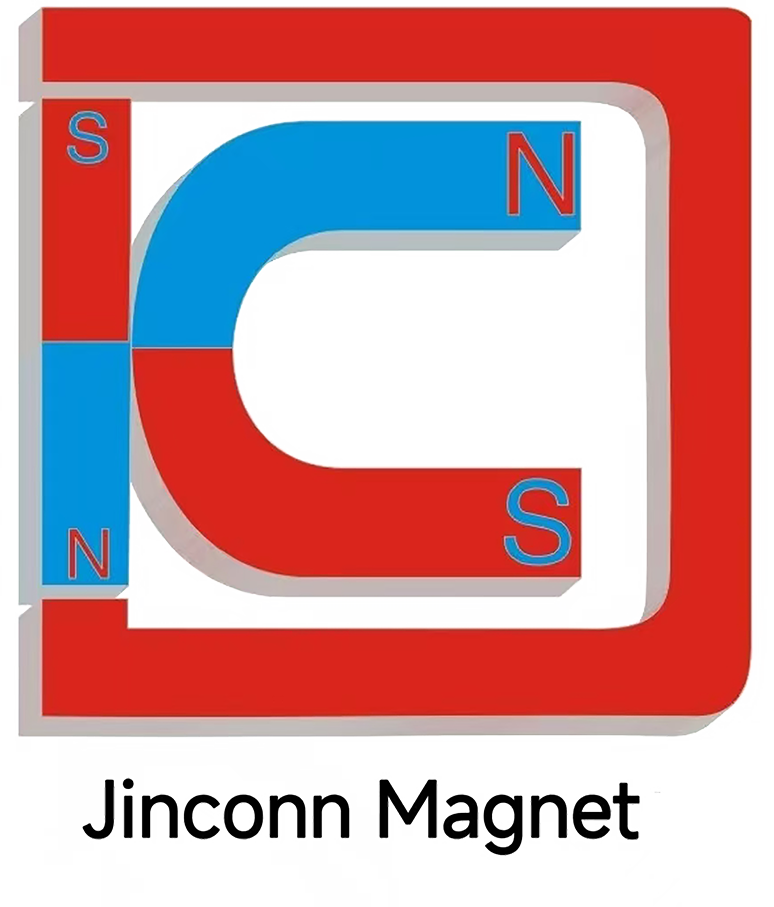Engineering Integration of Rare Earth Magnets in Modern Wind Turbine Systems
In contemporary wind turbine systems, the engineering integration of rare earth magnets has become a defining factor for achieving maximum efficiency and reliability. High performance magnets—particularly neodymium magnets—are not only vital to the operation of permanent magnet generators but also play a crucial role in system-level energy optimization. The combination of high magnetic force and compact design provided by these magnets enables turbines to operate effectively across a wide range of wind conditions.
One of the primary engineering challenges is the precise placement of neodymium magnets within the rotor and stator assemblies. To harness their high performance, engineers must balance the distribution of magnetic fields to avoid excess losses, eddy currents, and local heating. Advanced computer-aided design (CAD) and simulation tools are now essential for modeling the optimal alignment and spacing of rare earth magnets. This ensures that each high performance magnet operates at peak efficiency, supporting high magnetic force output and smooth energy conversion even at low wind speeds.
Material selection and protective measures are also critical. Neodymium magnets are sensitive to corrosion and environmental stress, so manufacturers employ innovative coating technologies and encapsulation to preserve magnetic strength over the lifespan of the wind turbine. The use of rare earth magnets has also enabled new advances in lightweight generator design, allowing for taller, more powerful wind turbines that are easier to transport and install in remote or offshore locations.
System-level integration extends beyond the generator itself. High performance magnets are increasingly used in auxiliary components such as yaw and pitch control motors, braking systems, and sensor assemblies, further improving the overall reliability and energy yield of wind farms. With the continued advancement of magnet technology, wind power plants are better positioned to meet the growing demand for renewable energy with high stability and low maintenance requirements.
In summary, the engineering integration of rare earth magnets, high performance magnets, and especially neodymium magnets, is central to the continued evolution of modern wind power systems. Their unmatched high magnetic force and proven durability are reshaping what’s possible for clean, sustainable energy.
rare earth magnet, high performance magnet, neodymium magnet, high magnetic force, high performance, wind turbine system, engineering integration, permanent magnet generator, CAD simulation, magnetic field, rotor assembly, stator, system optimization, energy conversion, lightweight generator, corrosion resistance, encapsulation, remote wind farm, offshore wind, auxiliary components, pitch control, yaw control, braking system, sensor assembly, energy yield, system reliability, renewable energy, clean energy, turbine installation, material selection, protective coating, magnetic loss, energy stability, efficiency, low maintenance, power plant, modern turbine, generator design, advanced magnet, technological innovation, sustainable solution




Jinconn WeChat









